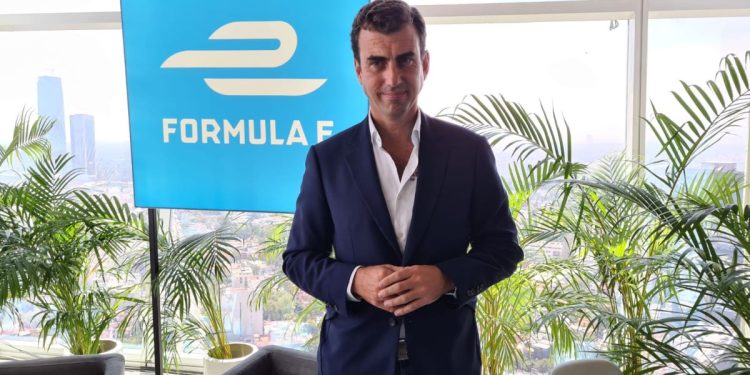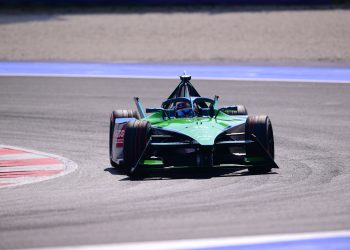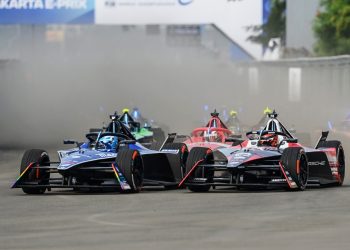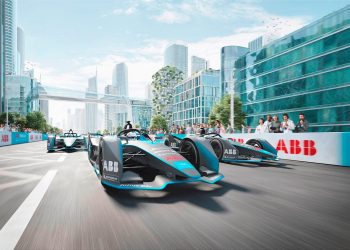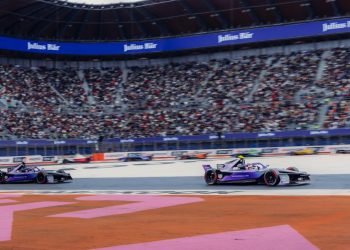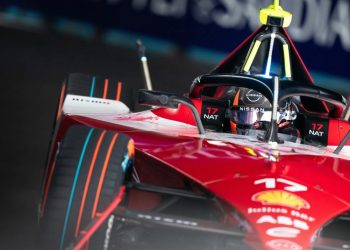The Olympic Stadium in Seoul, South Korea, will host the last two rounds of Formula E, corresponding to season 8 before moving on to the expected third generation (Gen3).
The race in Asian territory will mean the 100th round in the electric single-seater series, a round number that serves as a turning point to take stock of the evolution of the tournament.
At a press conference, the category’s Co-founder Alberto Longo expressed his satisfaction for all that has been achieved since 2014, the year in which zero-emission cars took to the street circuits.
“Anyone who would have told me about it eight years ago would have thought he was a bit crazy,” he said. “We’re here to stay and this race in Seoul is a validation of the hard work the team has put in over all these years.”
Hard Work
Faced with skepticism from traditionalists who pointed out that cars that didn’t sound like hams would be successful, Longo, along with Alejandro Agag, went out to convince drivers, teams and city leaders to put together what is now the competition that is even already endorsed by the FIA.
“We divided the world in two. Alejandro was going a little more towards Europe to Asia and I was going from Europe to America. We started traveling and we haven’t stopped,” he said.
By 2012, the Gen1, the first all-electric single-seater, was introduced. On tarmac, it reached a power output of 150 kiloWatts and its acceleration was from zero to 96 kilometers per hour in three seconds.
Total Evolution
By 2023, the Gen3 will debut, which, according to the series’ promoters, will be the most efficient racing car in the world, as its battery will be able to regenerate up to 40% during races.
It will have outstanding attributes such as the first single-seater with a front and rear engine, it will not have rear hydraulic brakes, its electric motor will deliver power of up to 350 kiloWatts, it will be much lighter and smaller and will have a net zero carbon footprint.
Likewise, Formula E detailed that all broken carbon fiber parts of the car will be recycled, the tires will be sustainable and it will become the fastest car in the history of the tournament, reaching a top speed of 322 kilometers per hour.



